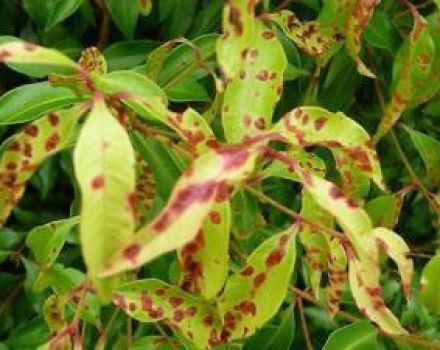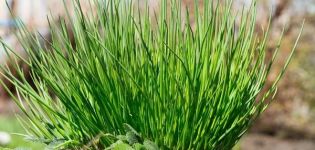How can you propagate clematis at home and in what season to do it
Today's "hero" is often found in flower beds and lawns, but he appears there already in the form of a seedling. The burning question of how and where to propagate perennial clematis worries experienced amateur gardeners and beginners. The plant belongs to the genus of lianas, decorates gazebos, courtyards and facades. Flowering (depending on the variety) falls on different periods - from April to August inclusive.
When is the best time to propagate a plant?
The nuances of liana breeding include the exact date of planting in open ground. Experienced gardeners have identified 2 suitable time periods:
- In the spring.
- Autumn.
Both options require compliance with the accompanying conditions, a combination of air temperature and soil moisture. In the spring, it is important to transfer the seedling before the heat has set in, and in the fall, before the cold begins. Both methods are equivalent; subject to simple planting rules, they give the expected result - a healthy, flowering plant.
Gardeners practice soaking the seedling before planting - for an hour, in water, with the addition of potassium permanganate ("potassium permanganate"). A temporary "residence" of clematis is acceptable in any suitable place in the garden or plot.
Tying to the support, like the device of the mulch layer, is one of the main planting conditions.
Reproduction is carried out in spring or autumn, to choose from. But the autumn is considered more preferable by experts. Breeding of clematis is applied using seeds, cuttings, cuttings or by dividing a bush. The first method is more often used for plants with small inflorescences; for the rest, cuttings, division and layering are used.
In the spring
For the landing procedure to be successful, you first need to dig a hole of sufficient depth. At the bottom, a drainage layer must be created (at least 15 centimeters). A brick break or large rubble will do. The mixture for the clematis seedling itself is prepared in several ways. For example, they mix fertile soil with rotted manure, wood ash, sand. Superphosphate is added to the soil as a fertilizer. Everything is thoroughly mixed, poured into the pit.
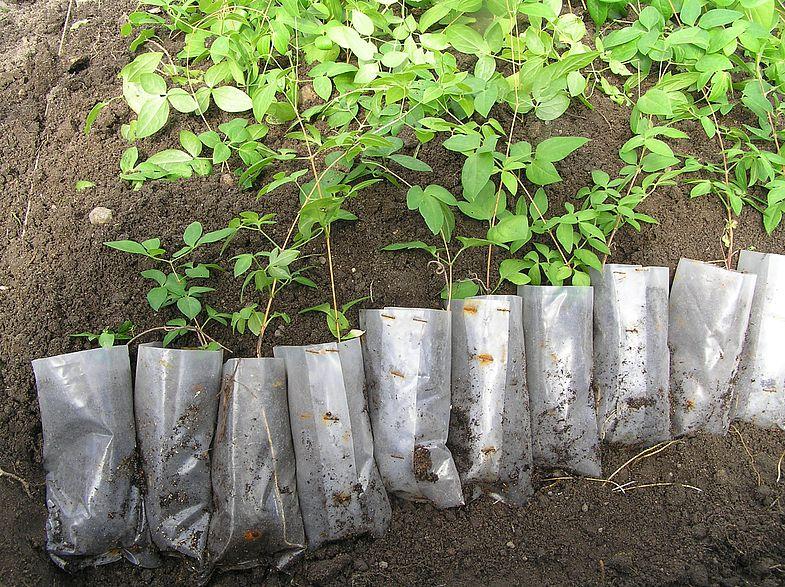
The seedling is immersed in the mixture so that the root collar is hidden, it is sprinkled with earth. At the end of the process, the bush must be watered abundantly. In the spring, clematis is sometimes propagated in one of the existing ways, but most gardeners prefer to postpone this until the fall.
In autumn
Experienced "clematists" call September as a temporary period for autumn planting, and not October, as is customary for some other plants. If the required deadline is missed, it doesn't matter.The seedling will overwinter in a utility room, cellar or basement, and in the spring will go to the ground.
A plant is able to develop steadily in one place for 3 decades, if the planting point is correctly (and immediately) determined. Sunbathing in open space is contraindicated for a seedling, and for an adult clematis. Planting close to the walls of buildings (fence or fence) should also not be planted. Liana is not durable - strong gusts of wind can easily break off flowers or break the stem.
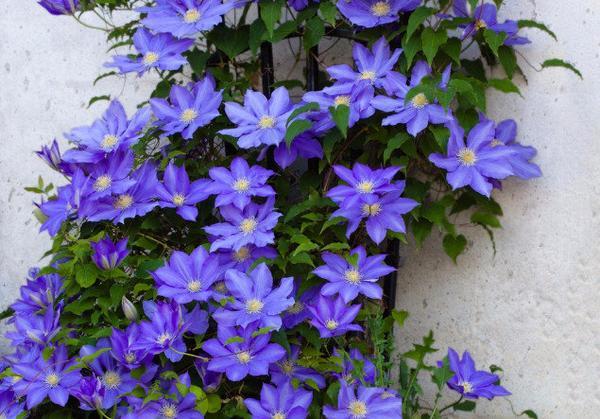
Does not like clematis and excessively moist or with a high level of groundwater, heated soil, acidic (with a pH of more than 6.5 units). The earthen mixture is chosen complex, with the obligatory drainage of the bottom of a trench or pit (depth - about 2 lengths of a shovel bayonet).
It is better to sprinkle the neck of the root with sand, and not earth so that 2 lower buds are hidden under it.
Correctly and on time, the planted plant will get stronger over the winter, gain strength, and with the arrival of heat, it will begin to delight with large and frequent inflorescences. In the autumn, a transplant or reproduction of clematis is carried out. To do this, use the division of bushes or the method of layering.
Summer
The summer period is used for cutting clematis. This is better than buying a "pig in a poke" - cuttings from private owners or garden partnerships with an unknown future. And cheaper besides. For this, the period from May to July is chosen (the exact date depends on the climatic zone).
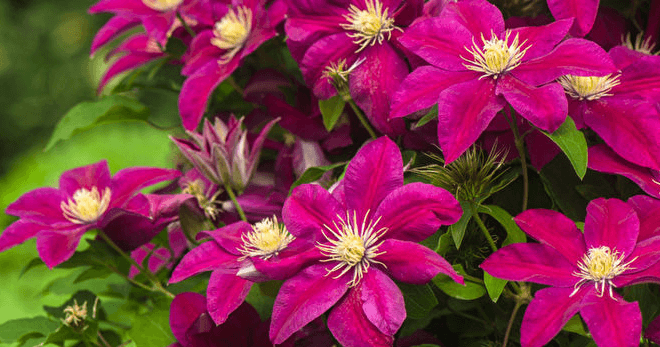
Breeding methods for clematis
Liana clematis can reproduce in several independent ways. These are cuttings, layering, division of an adult plant. And there is still the most difficult and unpopular method - planting by seeds. Subject to the minimum requirements required for growing clematis, the process will give the expected result.
Green cuttings
In order to grow a complete, healthy plant, it is important not to skip the start of cutting the cuttings. For the southern regions, this is the time period from May to June, the northern regions and the Middle Strip - June, the first decade of July. The readiness for grafting is checked as follows: a shoot bent by a hand does not break. The second sign is the tying of buds on clematis (the appearance of single inflorescences).
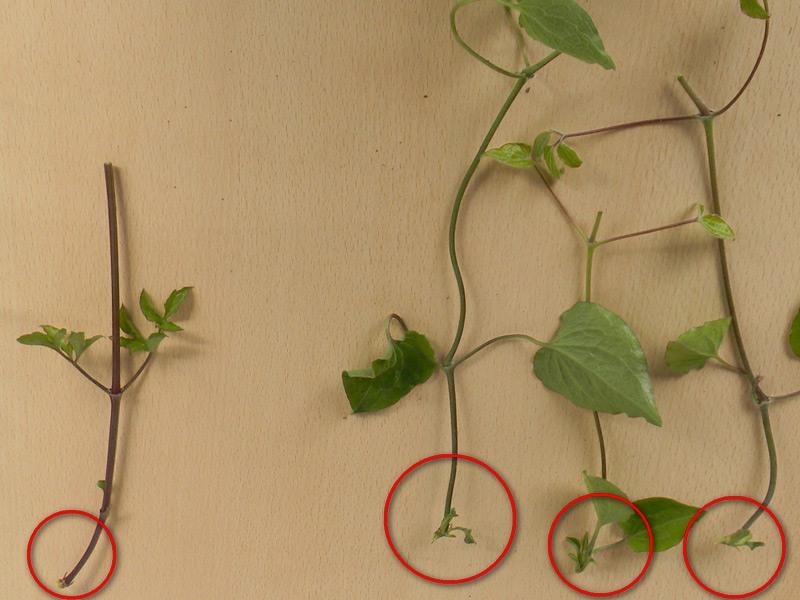
It is equally important to prepare an earthen substrate for future clematis seedlings. Usually it is mixed from river sand, peat and black soil. The reaction is slightly acidic.
Lignified cuttings
Of the hardened clematis cuttings, not all are suitable, but those with 2 internodes. They need to be carefully cut and then rooted into the ground. The mixture needs to be loose, with good permeability. It is advisable to fertilize it with peat or mineral complexes.
The cutting is planted in a special way: one internode is sprinkled with earth, the other is left on the surface. The seedling needs regular, but not over-watering. After reaching 10 cm in height, the shoots are pinched to stimulate the growth of the root system. After about a year, the strengthened clematis are planted in open ground.
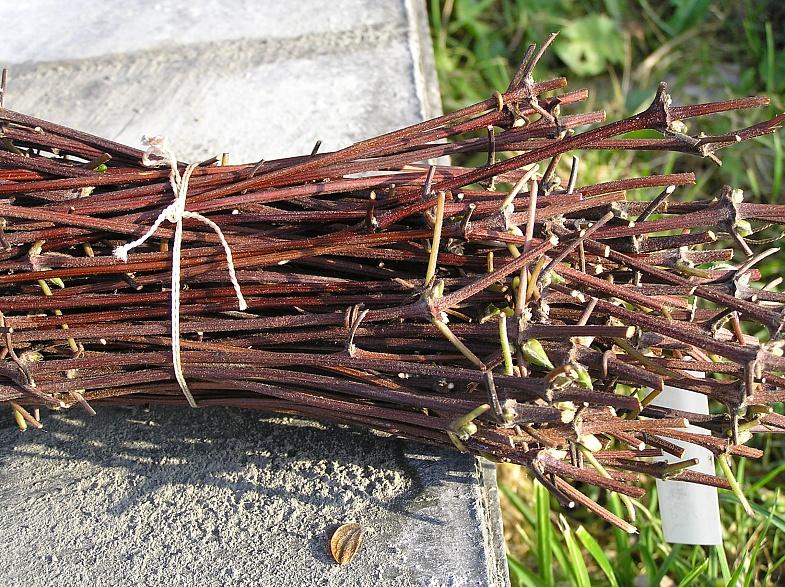
Layers
This method is simple, but effective enough. It is used in the fall. The grown shoots of clematis are buried in, and over time they sprout fresh sprouts, become independent plants. In the spring, the layers will sprout, strengthen, and in the fall they can be separated from the mother trunk of clematis, planted in a new place.
Dividing the bush
To apply this method, you will need to dig out the entire clematis bush entirely. Usually, this procedure is done when the plant reaches the age of seven. They act carefully so as not to damage the roots of the bush. The plant is washed under running water until the earthen lump is washed off.
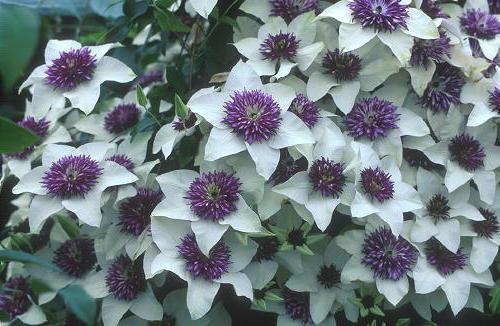
Next, with a sharp tool (knife or shovel), divide the bush into the desired number of parts so that the roots and buds are preserved.It is believed that the division can be carried out without restrictions on the time of year - in spring, autumn or summer.
Seeds
Planting with seeds requires “selection” of clematis fruits harvested in the fall in order to select large and healthy ones. This condition is required, otherwise nothing will come of it. Then the selected seeds are soaked (for 10 days, no more). Sowing is carried out in pre-selected seedling boxes, pots.
Fill the containers with a mixture of earth and sand. Leave the planted seeds in a greenhouse or greenhouse (the temperature should be at least 30 degrees). The seedlings are regularly watered, when 2 leaves appear, a pick is made.

Planting seeds at home
Breeding clematis at home is not a problem for someone who is confident in their own abilities and understands what needs to be done. Attention will need to be paid to 2 points: the choice of seeds and the preparation of the soil mixture. If the seed is purchased, germination can be unpredictable over a wide range.
The mixture is prepared from well-fertilized soil and river sand, thoroughly mixed with each other. The planted seeds will need care: watering and an appropriate temperature regime. Therefore, it is better to cover them with foil, creating a mini-greenhouse.

How to plant seeds in the ground?
Stratification of clematis seeds is used for the successful landing of the "landing". To do this, in early spring, they are separately planted (large - 2 centimeters deep, medium - one) planted in a container. The mixture can be prepared from equal parts of peat, earth and sand.
Next, the box is kept at a temperature not higher than 5 degrees (but not below zero) in a closed place. For example, in the refrigerator. The plantings matured from 1 to 3 months are then exposed on the windowsill (well lit, the temperature is not lower than 21 degrees) and watered regularly. Planting in open ground is allowed, but for this, a layer of snow of at least 20 centimeters is poured over the planted seeds.

Which way to choose?
The choice of a method for growing clematis depends on the goals and objectives of the grower, his capabilities. The most difficult method is seed breeding. If clematis is already growing on the site, then you can practice breeding by layering, cuttings or dividing the bush. The specific decision is also associated with the age of the vine. Division is usually carried out for seven-year-old plants.
Flower care rules
Clematis is considered an unpretentious plant, but requires some care. The plant does not like acidic, waterlogged soils. Drafts and excessively sunny side do not suit him. Pruning is carried out in spring and autumn. At the same time, weak shoots are removed, flowering is controlled and a crown is formed. Autumn procedures are to prepare for winter. The clematis bush is trimmed and bent to the ground, sheltered from the cold. In the spring, as soon as the liana is open, it is permissible to add additional fertilizing - organic matter or mineral complexes.








